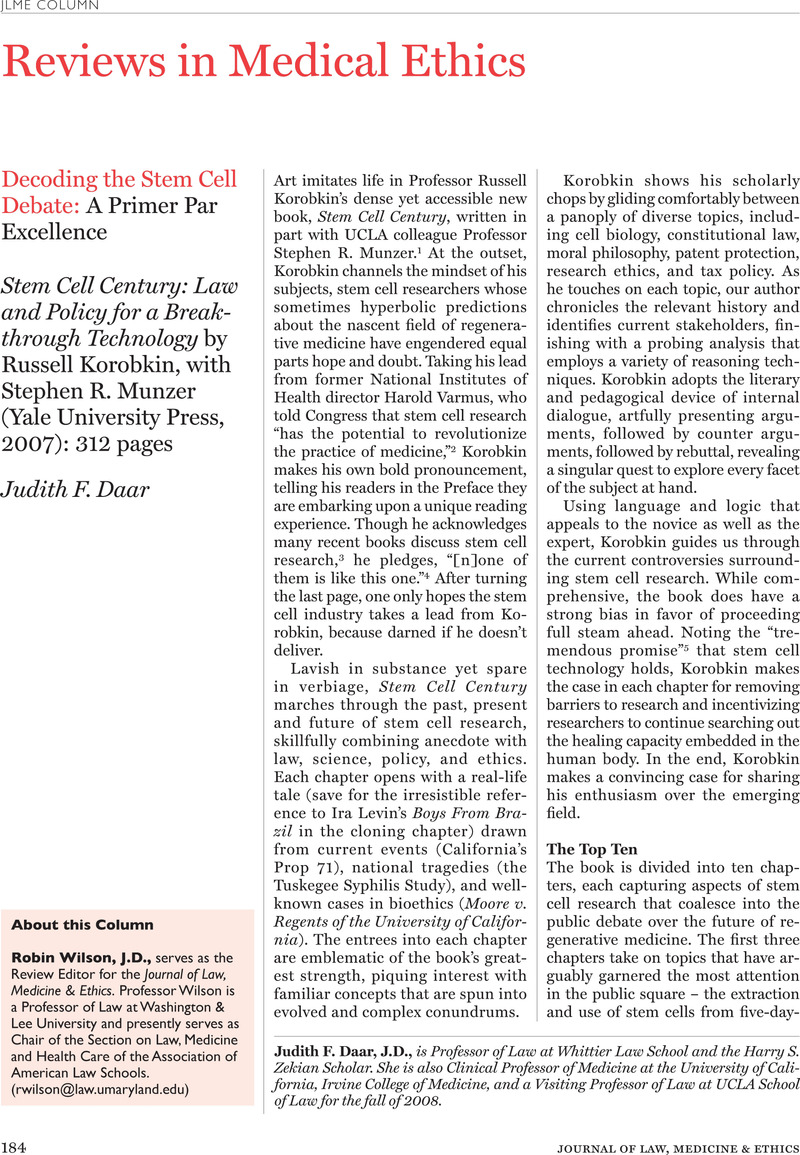See, e.g.,
Cohen, D. M.,
“Cloning and the Constitution, Cloning and the Constitution, Cloning and the Constitution, Cloning and…,” Nova Law Review 26, no.
2 (
2002):
511–
544;
Duffy, D. F., “To Be or Not to Be: The Legal Ramifications of the Cloning of Human Embryos,”
Rutgers Computer & Technology Law Journal 21, no. 1 (1995): 189–223;
Foley, E. P., “The Constitutional Implications of Human Cloning,”
Arizona Law Review 42, no. 3 (2000): 647–730;
Forsythe, C. D., “Human Cloning and the Constitution,”
Valparaiso University Law Review 32, no. 2 (1998): 469–542;
Jaenisch, R., “Human Cloning – The Science and Ethics of Nuclear Transplantation,”
New England Journal of Medicine 351, no. 27 (2004): 2787–2791;
Kahn, M. I., “Clowning Around With Clones: The Moral and Legal Implications of Human Cloning,”
University of San Francisco Journal of Law and Social Challenges 3, no. 1 (1999): 161–177;
Lawton, A., “The Frankenstein Controversy: The Constitutionality of a Federal Ban on Cloning,”
Kentucky Law Journal 87, no. 2 (1998): 277–356;
Robertson, J. A., “Liberty, Identity, and Human Cloning,”
Texas Law Review 76, no. 6 (1998): 1371–1456.
Google Scholar